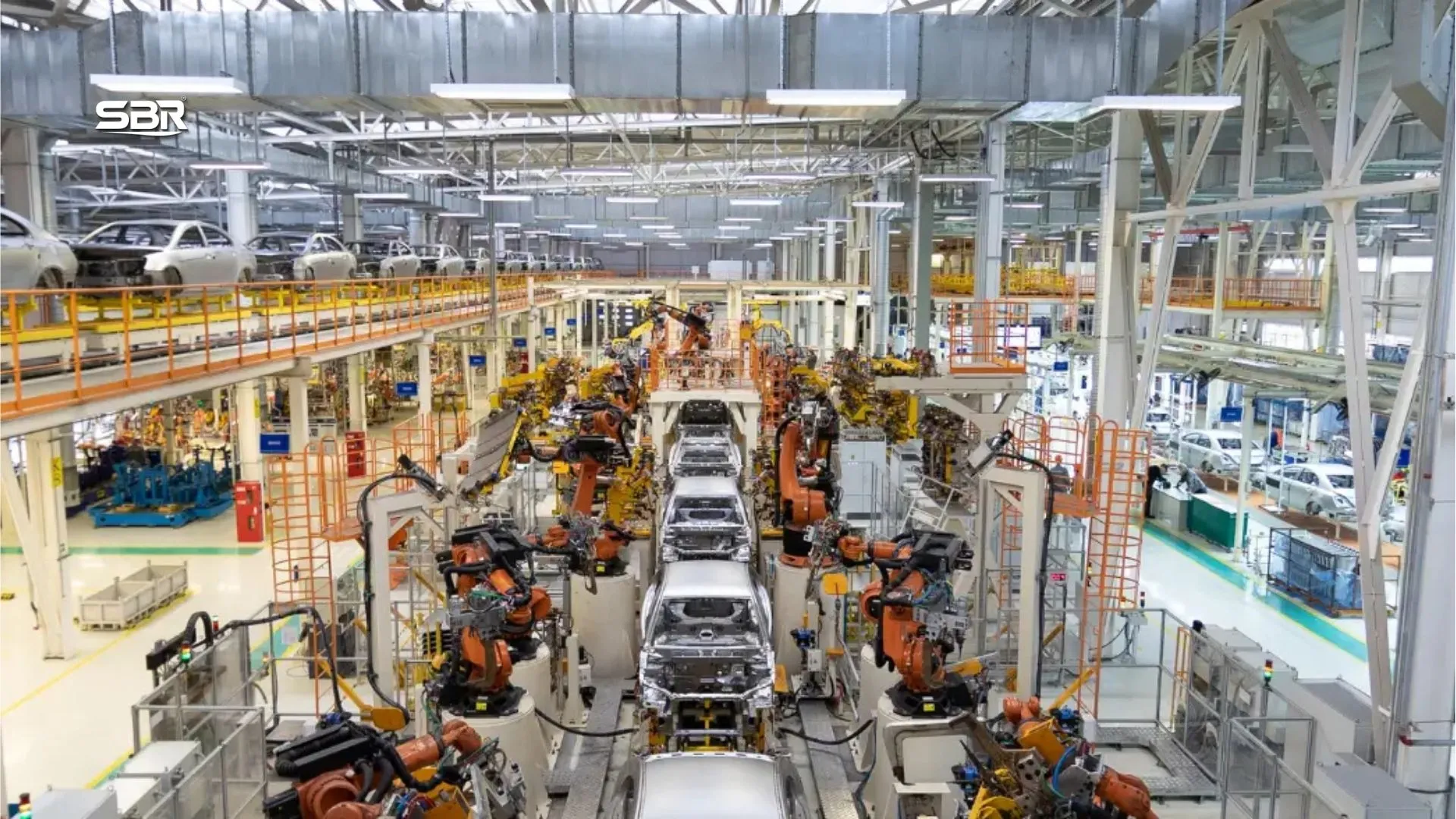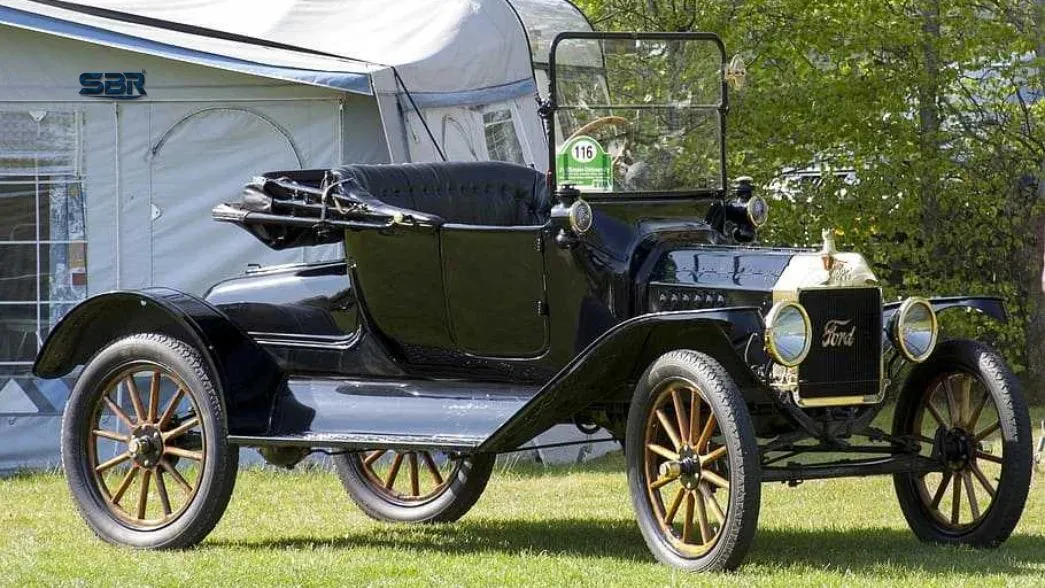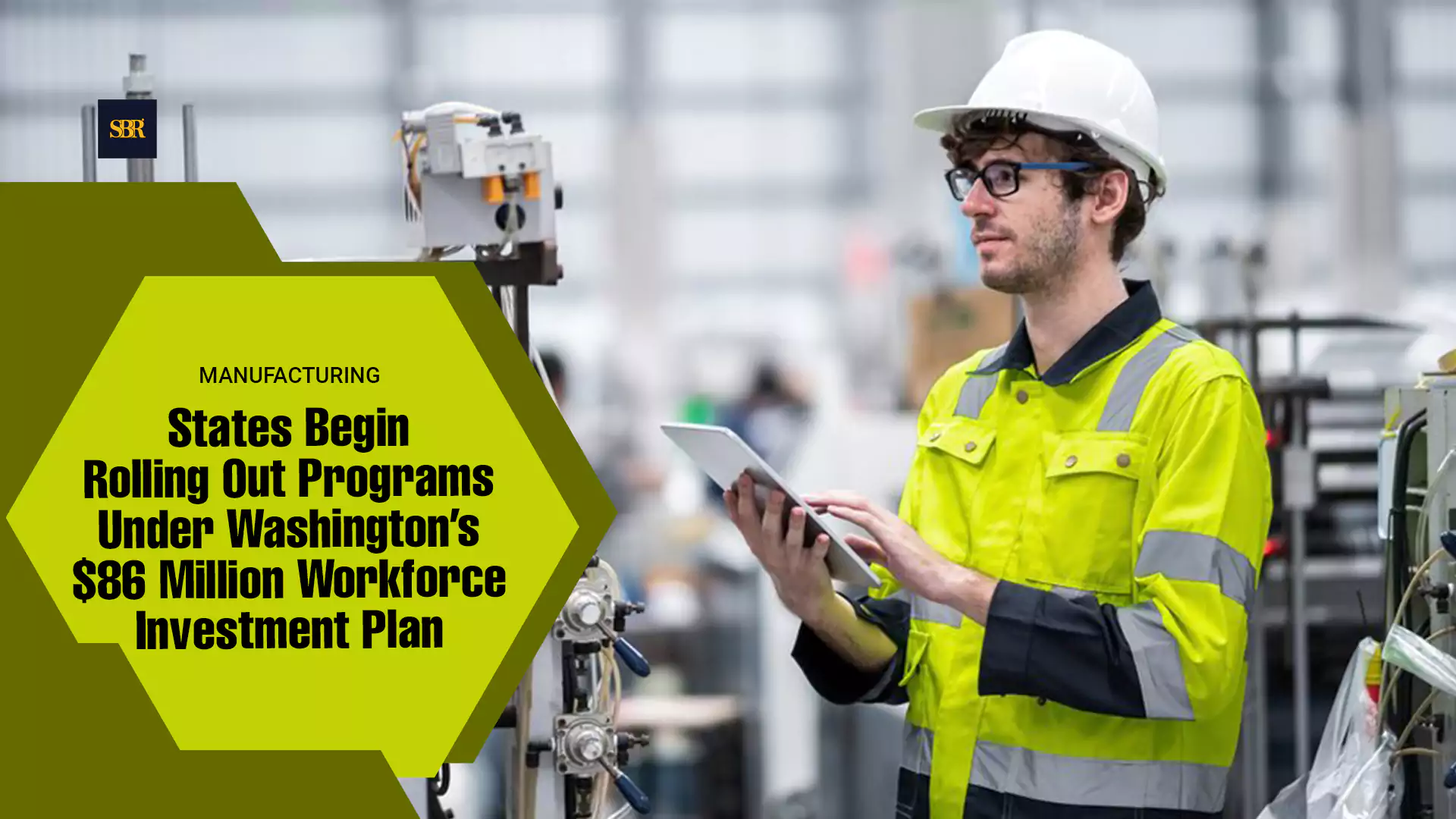NEW JERSEY, June 25, 2025 — Surrounded by a lot of fanfare, with sleek automotive beauties lined up to be photographed by shutterbugs at the Detroit Auto Show in January this year, Ford Motor CEO Jim Farley mentioned challenges confronting America’s top automaker and the automobile industry at large.
“Let's work together to make our industry stronger. We have a lot of policy decisions today, from tariffs, to CO2 policy, and we can work together to make our industry stronger,” Forbes quoted Farley as having said.
Farley’s optimism at the auto show regarding the automotive sector’s ability to withstand global economic uncertainty came ahead of President Donald Trump’s proposed tariffs on foreign imports, particularly from China, which were expected to negatively impact automakers like Ford that rely on internationally sourced parts.
With a strong line-up of special edition cars, trucks and SUVs showcased at the Detroit Auto Show, Ford started the New Year with a bang.
Farley’s revelation at the auto show that President Donald Trump had called up Ford CEO Bill Ford for “prospective partnerships” made headlines.
The glitz and glamour of the Detroit Auto Show had hardly settled down when almost a month later Farley met with US lawmakers after raising concerns that 25 percent tariffs on Mexico and Canada would "blow a hole" in the US auto industry.
In a statement later, Farley described the meeting as a forward looking approach of Ford to “continuing the dialogue with the administration and lawmakers about how best to achieve this (President Trump’s) vision.”
2025 is proving to be a different sort of year for the automotive industry, with its focus not entirely on Electric Vehicles (EVs).
Notably, US auto sales for Ford Motor and South Korea's Hyundai Motor rose in May, as concerns over potential tariff-related price hikes had prompted buyers to act fast on their purchases of cars and SUVs.
Overall, US new vehicle sales in the first quarter of the current fiscal finished at around 3.91 million units, up 4.8 percent from last year.
However, President Donald Trump's tariff policies fueled uncertainty across the auto industry, driving up supply costs, pressuring margins and pushing some automakers to pass the expenses on to consumers. Auto experts believe that 2025 could very well be one of those quiet years in the automotive industry that come along every once in a while.
In the first week of April, Goldman Sachs cut its estimate for automobile sales in the US for this year by nearly 1 million units. A Forbes report highlighted that even as EV penetration has seen a spurt in the automotive industry but issues like range anxiety and lack of charging infrastructure continue to be challenges for the masses. There is every possibility to overcome these challenges but the process would be a time consuming one. The period of creating a firm EV infrastructure will be a litmus test for the auto sector, experts say.
As we move into the second half of 2025, some of these challenges have forced automakers to shift gears. The slowed down growth in the auto industry is evident. Global economic slowdowns and fierce competition from Chinese manufacturers are major contributors for slowing down the growth of EVs. In fact, major OEMs, such as Ford, Stellantis, and Volkswagen, are already revising production plans and scaling back their forecasts, indicating a shift from the previously optimistic outlook for the industry.
A nosedive in sales for Tesla's UK car sales in May has become a matter of concern for it. The drop in May sales by over 45 percent in the UK comes at a time when Tesla’s European sales slump for the fifth month as its EV rivals gained momentum.
The first half of the calendar year for the auto sector has been no less than a roller-coaster ride. Goldman Sachs has cut US auto sales estimates by nearly one million units due to tariffs. Amid the muted performance of the auto sector in the US, Hybrid vehicle sales continue to rise as electric and plug-in vehicle shares remain flat.
In terms of global commercial vehicles, the market is pegged to reach a valuation of $1,993.61 billion by 2033 from $925.78 billion in 2024, reflecting a CAGR of 9.20 percent during the forecast period 2025–2033. A high demand for efficient transportation solutions has sparked growth in the CV segment.
With less than a week to step into the second half of the calendar year, the automobile industry, with a bated breath, would watch the fallout of the tariffs and expect sales growth trajectory to move northwards once we reach the year end.
Farley’s call for unity came just before tariff threats shook the industry, revealing how quickly optimism in the auto world can collide with economic policy.
Inputs from Saqib Malik
Editing by David Ryder















